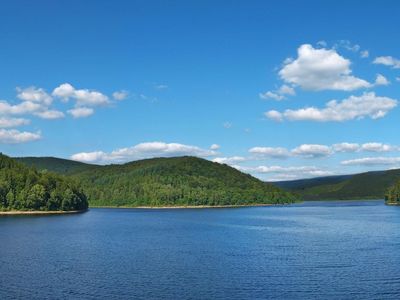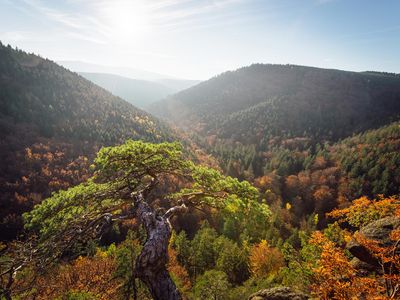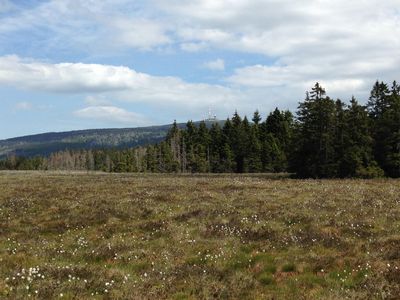Come rain or shine the Harz Mountains have a lot to offer all-season.
In spring the animals here slowly awaken from their hibernation. On exciting walks through nature there are plants to be discovered everywhere, which slowly make their way through the dark earth to daylight.
In the summer months there are numerous warm days which allow exploring nature through a variety of outdoor activities. Historical towns, cities and their sights invite you to stroll around and cultural events let mild summer evenings come to a cosy end. Autumn entices with colourful deciduous trees and foggy forests, while in winter the Harz Mountains turn into a beautiful snowy landscape, making it a popular winter sports region.
The climatic conditions in the Harz Mountains are versatile. The wealth of plant and animal species is due to Atlantic influences in the west and continental influences in the east.
The Upper Harz is characterised by an annual average temperature of 5 ° C to 6 ° C and an annual precipitation of 1,000 mm to 1,400 mm - in the summit areas even up to 1,800 mm in the form of rain or snow. The climate in the high altitudes of the Harz National Park is extreme in all respects. In January, the temperatures of the high Harz mountains are similar to those of northern Iceland, in July to those of the northern Arctic Ocean.
Due to the backwater effect of the Brocken, the Lower Harz (Eastern parts of the Harz Mountains) lies in the rain shadow of the Upper Harz and therefore has a mild and dry climate which is more influenced by the Eastern European mainland. Temperatures are only 1° C to 2° C below those of the Harz foreland and the annual precipitation decreases towards the east up to 650 mm.





